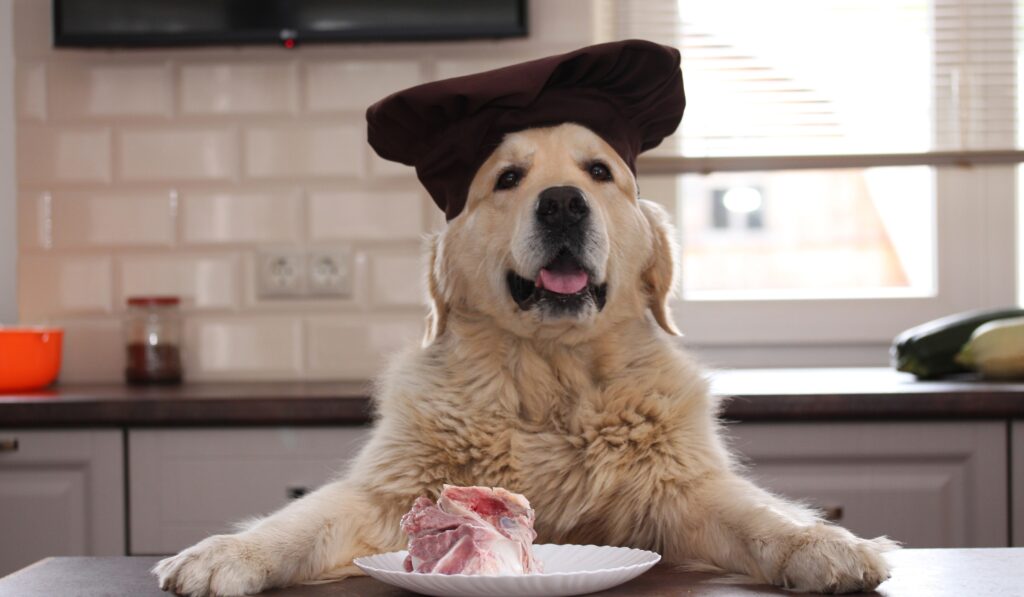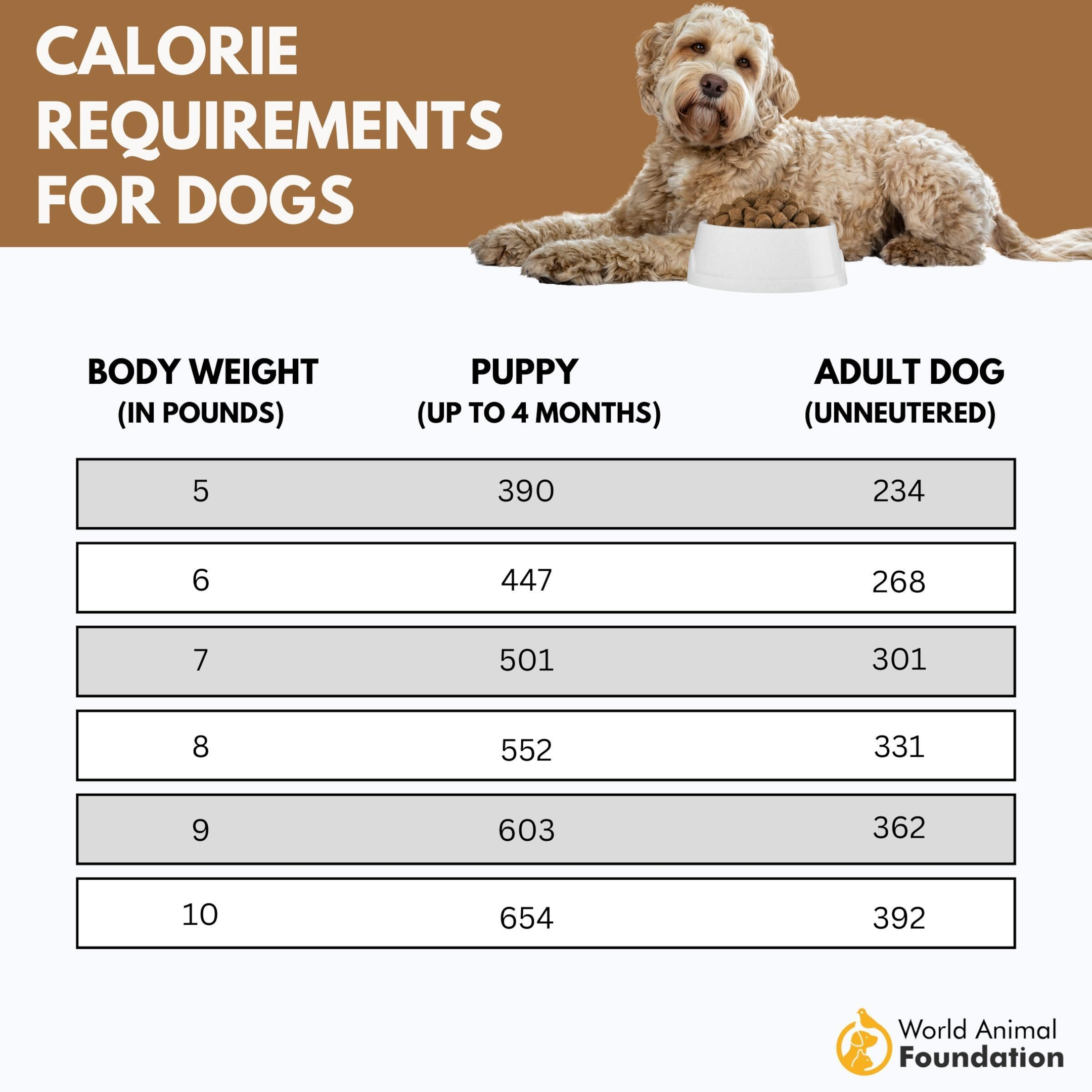Feeding your furry friend a raw diet can be incredibly beneficial, but calculating the right portions can feel overwhelming. Our Raw Dog Food Calculator takes the guesswork out of meal prep! Simply input your dog’s weight, activity level, and a few other details, and our calculator will generate a personalized raw feeding plan. Ensure your pup receives the optimal balance of nutrients with this easy-to-use tool, designed to support their health and vitality. Start calculating your dog’s ideal raw diet today and unlock the power of natural nutrition!
Disclaimer:The calculations and information provided by these tools are for educational purposes only and not a substitute for professional advice. Always consult a qualified expert before making any decisions based on these tools’ results.
Stepping into the raw food realm for your four-legged buddy? Meet the raw dog food calculator, your next best friend! It’s not just about numbers—it’s about whisker-licking meals and wag-worthy nutrition. Let’s set the table for a paw-some feast!
Use this calculator on your site!
Powered by World Animal Foundation
Copy Embed Code
Instructions
1. Copy the code above.
2. Add it to your post/page where you want to show the calculator.
3. Change the size using the iframe’s width and height if needed.
4. You must provide credit to use the calculator.
Factors Influencing Dog’s Raw Food Needs
Feeding your dog a raw diet can be an exciting journey, but ensuring they receive the right nutrients in the right quantities is important. Let’s dive into the factors that influence a dog’s raw food needs:
Dog’s Weight
Just like in humans, a dog’s weight plays a crucial role in determining the amount of food they need. A heavier dog requires more calories to maintain its ideal weight than a smaller one. You can estimate your dog’s body mass index and ensure a healthy weight with our dog BMI calculator!
The caloric needs of dogs can vary. For instance, a 10-pound dog might need between 200-400 calories daily, while a 100-pound dog could require between 1200-2500 calories, depending on other factors.
Dog’s Energy/Activity Level
A dog that spends most of its day running, playing, or working will burn more calories than a couch potato pup. Active breeds might require up to 20%-40% more calories daily compared to their less active counterparts. Always keep an eye on your dog’s weight and adjust accordingly.
Dog Breed
Every dog breed has unique characteristics. Some breeds naturally have faster metabolisms, while others are prone to weight gain. For example, Greyhounds are known for their lean bodies and fast metabolism, potentially requiring more calories per pound than a Bulldog, which might be more prone to obesity.
Spayed/Neutered Dog
Altering your dog can impact its metabolic rate and energy needs. After being spayed or neutered, dogs tend to have a 30% lower energy requirement. This means you might need to adjust the amount of raw food or risk obesity.
When deciding on a raw food diet for your dog, it’s crucial to consider all these factors and regularly monitor their weight and health. Regular vet check-ups and adjustments to their diet based on their changing needs will help ensure they stay happy and healthy.
How Much Raw Food Should I Feed My Dog
Venturing into the realm of raw diets for your canine companion? It’s essential to get the portions right to ensure optimal health. Always consult with a veterinarian when making significant changes to your pet’s diet. Here’s a guide to help you determine the right amount of raw food for your dog.
A general feeding guideline helps maintain consistency and ensures your dog receives nutrients. Most raw feeders suggest feeding dogs raw food amounting to 2-3% of their body weight daily. So, for a 50-pound dog, this translates to about 1 to 1.5 pounds of raw food a day.
Puppies are growing, so their dietary needs differ from mature dogs. Puppies generally require a higher percentage of their body weight in food because of their rapid growth. Depending on the breed and age, they might need food amounting to 5-10% of their current weight.
The more active your dog is, the more calories they will burn. If your dog is highly active or working, you may need to feed them on the higher end of the percentage scale or even a bit more. Less active dogs might require food on the lower end.
Every dog is unique. It’s vital to monitor their weight and health to adjust portions as needed. Regularly weigh your dog and observe for signs of weight gain or loss. Adjust the food quantities accordingly, and ensure they get the necessary nutrients.
You can conveniently find the perfect portion for your pup with our dog food calculator, which will help to provide tailored food proportions for your best friend.
While these guidelines provide a foundation, individual dog needs can vary. Working with a veterinarian or a pet nutrition expert is essential when transitioning to and maintaining a raw diet. They can provide specific advice tailored to your dog’s unique needs.
General Insight to Raw Dog Food Calculator
Our raw feeding calculator is an invaluable tool designed to take the guesswork out of feeding raw diets to our canine companions. Given the intricacies of a dog’s dietary needs—varying by weight, breed, age, activity level, and more—this calculator aids pet owners in determining the total amount of raw food to offer per day.
By inputting essential information about the dog, such as its weight and activity level, owners can receive recommended calculations on food quantity, ensuring their adult dog receives optimal nutrition.
Remember, while such calculators provide the easiest way as starting point, consulting with veterinarians or pet nutritionists is always advised to fine-tune dietary specifics and guarantee the dog’s overall well-being.
Importance of Feeding Your Dog the Appropriate Amount of Raw Food
Please note that feeding your dog the right amount of raw food is paramount to their health and well-being. Firstly, an appropriate amount ensures a balanced intake of essential nutrients—proteins, fats, vitamins, and minerals—that contribute to muscle growth, energy levels, and overall bodily functions.
Overfeeding can lead to obesity, which brings with it a slew of health issues such as diabetes, joint problems, and heart disease. On the other hand, underfeeding can result in malnourishment, making your dog susceptible to a weakened immune system, reduced muscle mass, and poor bone density.
Moreover, the right portion ensures that your dog maintains a healthy metabolism, reducing the risk of digestive issues. Feeding appropriate amounts also proves economical, preventing wastage and ensuring that every bite contributes to the dog’s health.
Ultimately, just as with humans, the right diet in the right quantities plays a pivotal role in ensuring a long, healthy, and active life for our furry companions.
FAQs
How much raw food should I feed my 1-month-old puppy?
For a 1-month-old puppy, feed approximately 8-10% of its body weight daily, divided into multiple small meals. However, consult with a vet or pet nutritionist for specific needs.
What should be the percentage of meat and bones in daily dog raw food intake?
A balanced raw diet should typically consist of about 80% muscle meat and 20% bones. However, this can vary based on specific dietary needs and dog breeds. Always consult with an expert for personalized guidance.
Conclusion
In conclusion, a raw dog food calculator is an indispensable tool for pet owners venturing into the world of raw feeding. Providing personalized portion recommendations based on specific dog details ensures our furry companions eat optimal food tailored to their unique needs.
While it offers a practical starting point, collaborating with veterinarians or pet nutritionists guarantees a balanced, healthy diet, allowing our dogs to thrive.
A raw dog food calculator simplifies the often daunting task of transitioning to a raw diet. While offering a helpful starting point, remember these calculations are estimates. Each dog is unique, so monitor your dog’s weight and body condition, adjusting portions as needed. Consult your veterinarian, especially if your dog has pre-existing health conditions. By combining calculated feeding guidelines with careful observation and professional advice, you can confidently nourish your canine companion with a balanced and healthy raw diet.


